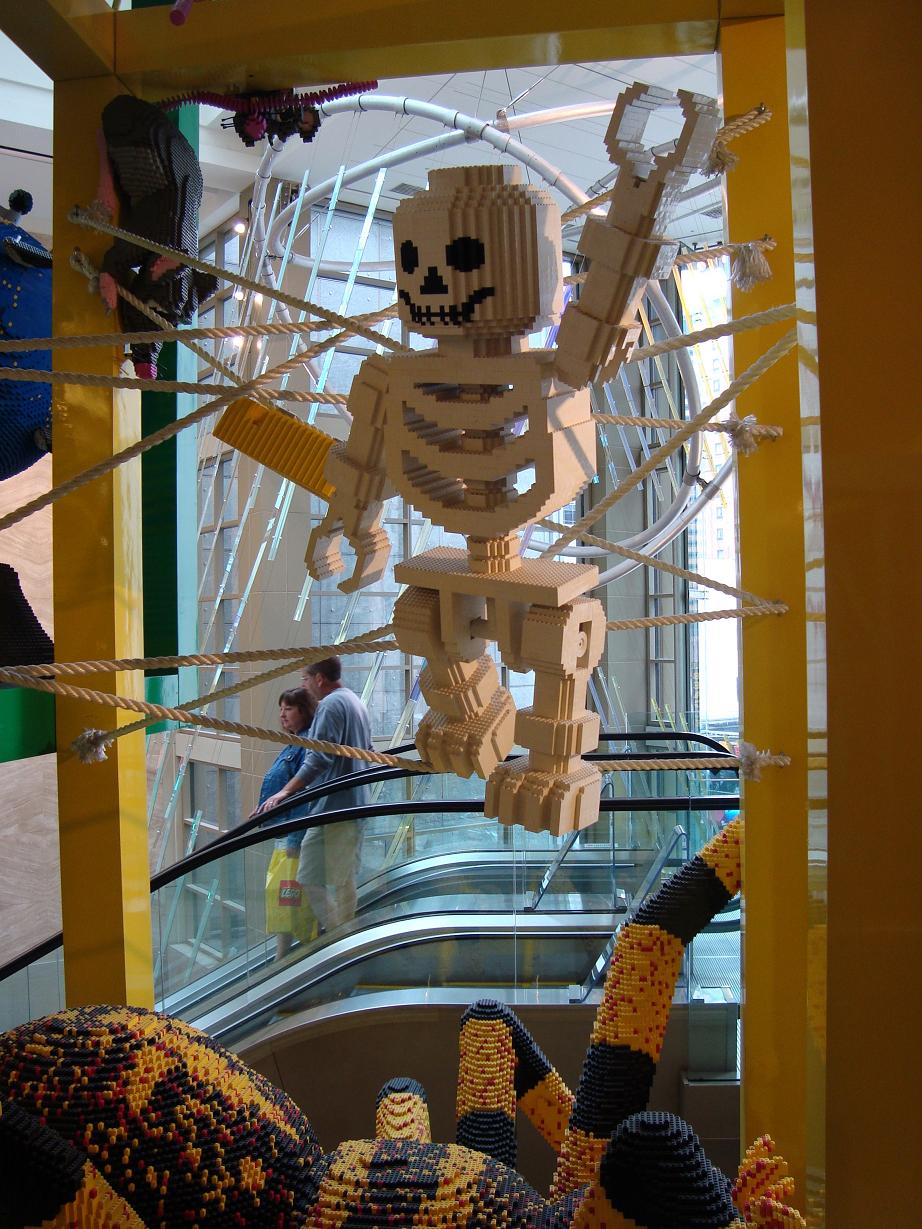Agile 2009: The Responsibility Model Revisited
Monday, 31 August 2009
It was good to hear Christopher Avery re-cap on The Responsibility Model in his session How to Development Your Leadership Power Daily: An Agile Approach to Growth at Agile 2009.
According to Christopher, Responsibility has long been considered as a character trait. Or, depending on your view of the world, a character flaw.
Redefining Responsibility
Newsflash: Responsibility is neither a character trait nor flaw. Christopher describes Responsibility as the way you respond to a problem. Responsibility is completely subjective. It’s also a feeling. This is why Responsibility is so difficult to talk about.
There are six progressive phases in the Responsibility Model:
-
Denial – ‘Problem? What problem? There’s no problem.’
-
Blame – ‘I don’t have a problem working with you. You seem to have a problem with me. That makes it your problem. ‘
-
Justify – ‘I guess it’s possible that I’ve become insensitive to other people’s feelings and needs. I can’t help it though. After all, I’ve been doing this job for a long time. It’s who I am.’
-
Shame – ‘What have I done? I’m going to look such an idiot in front of the people at work. How am I going to live it down? Why should they help me after the way I’ve behaved?’
-
Obligation – ‘Tell me what you think I should do. I have no choice but to do it (even though I don’t want to). I’ll do whatever you say. It’s only a job after all (no one can expect to do a job they love).’
-
Responsibility – ‘I can wait for them to change but that could take forever. No, it’s up to me. I want to fix the problem. So how am I going to be a better colleague? I know! I’ll listen more. And be more considerate towards others. It’s a start.’
What I Liked About the Session
-
It was interesting to see the audience’s reaction to The Responsibility Model since the model was new to the majority of them. I remember feeling uplifted when I first came across it; the algorithm makes the notion of Responsibility explicit as a repeatable process.
What Would Make the Session Perfect
-
It would have been very useful to experience the model as an exercise to internalise it.
-
I would have liked to hear more about the latest research Christopher’s been doing related to the model.

No. 1 — September 1st, 2009 at 10:20 pm
Hi Portia,
Thanks for your review and helpful thoughts. You always have a supportive AND additive perspective. I appreciate you.
You mentioned interest in my recent research. Besides revealing the Power or Control Process model for the first time at Agile2009 in the session you refer to, I’ve been focusing on building a worldwide community of leaders who study and practice The Leadership Gift (see http://www.christopheravery.com/toolkit/) which is what I’m now calling this work on responsibility.
-Christopher
No. 2 — September 21st, 2009 at 3:38 am
[…] The top left corner has the most important bit of information. We are hard wired to not accept responsibility and would readily blame others. As we are more self-aware we can progress from denial to blame to justification – all the way up to ladder to responsibility. You can request a free poster here and there is a short description here. […]